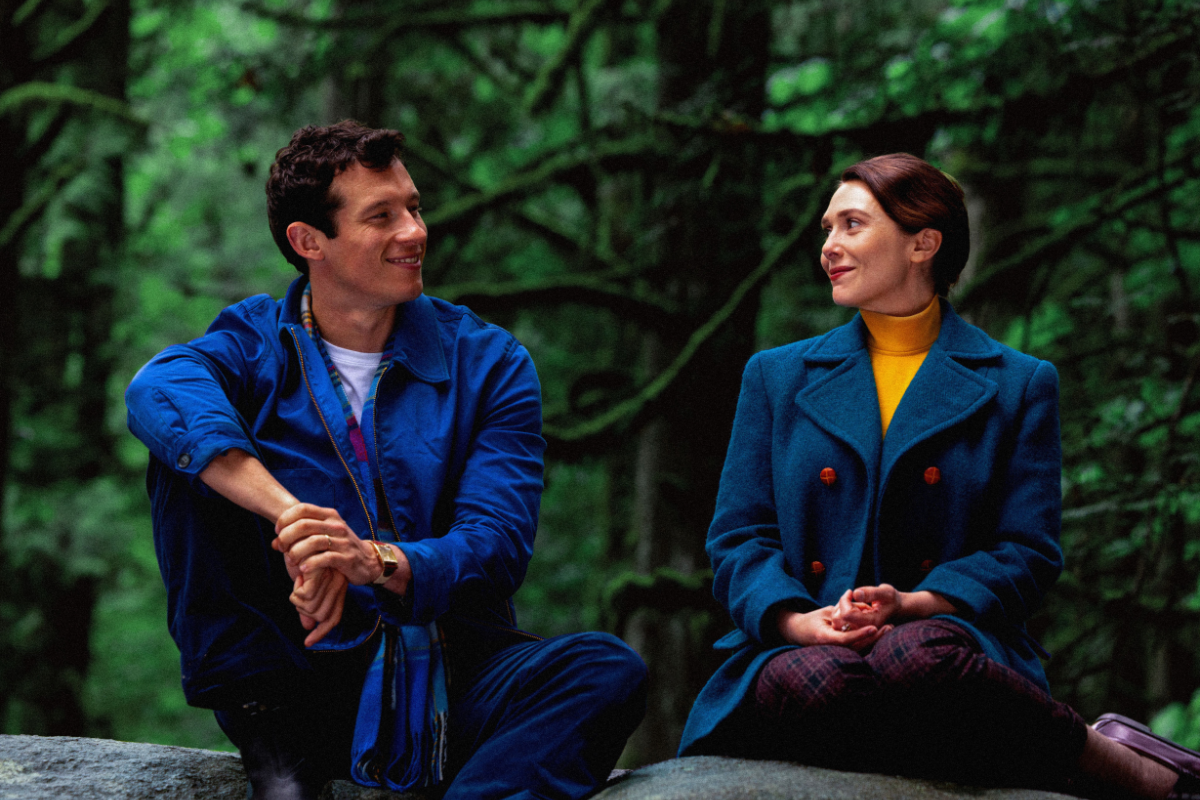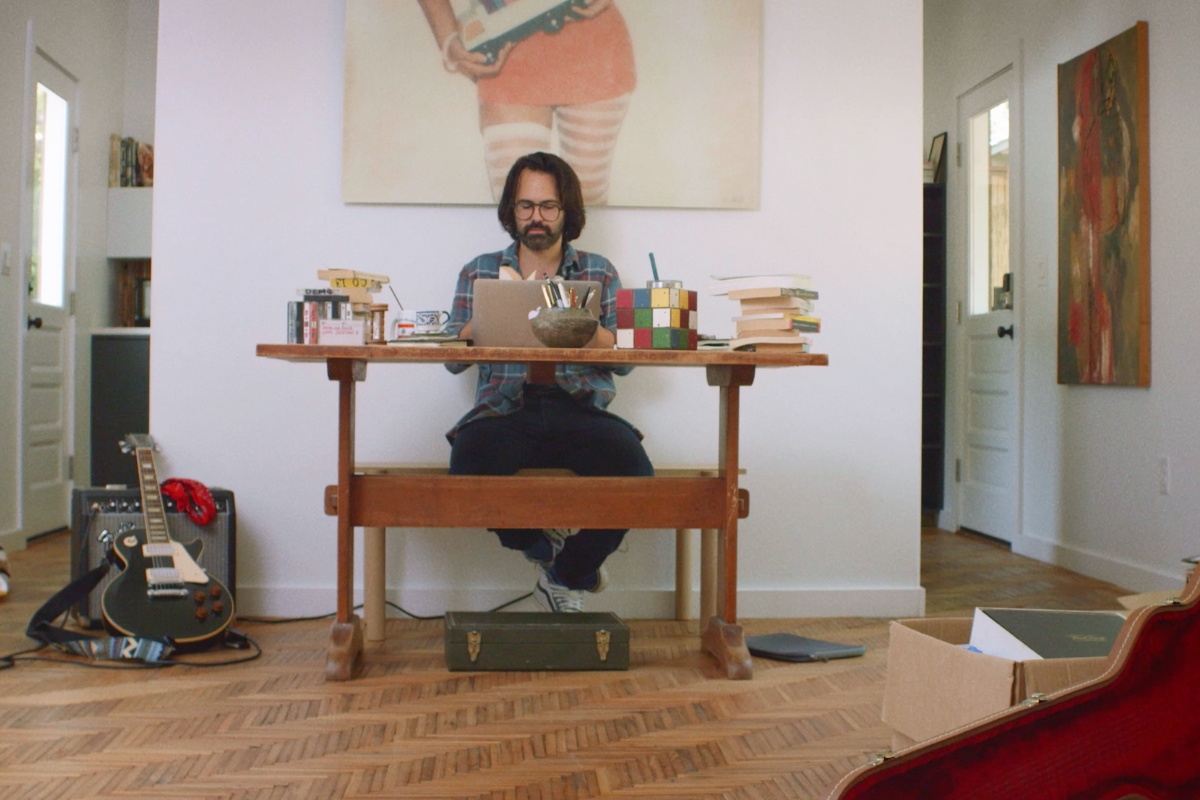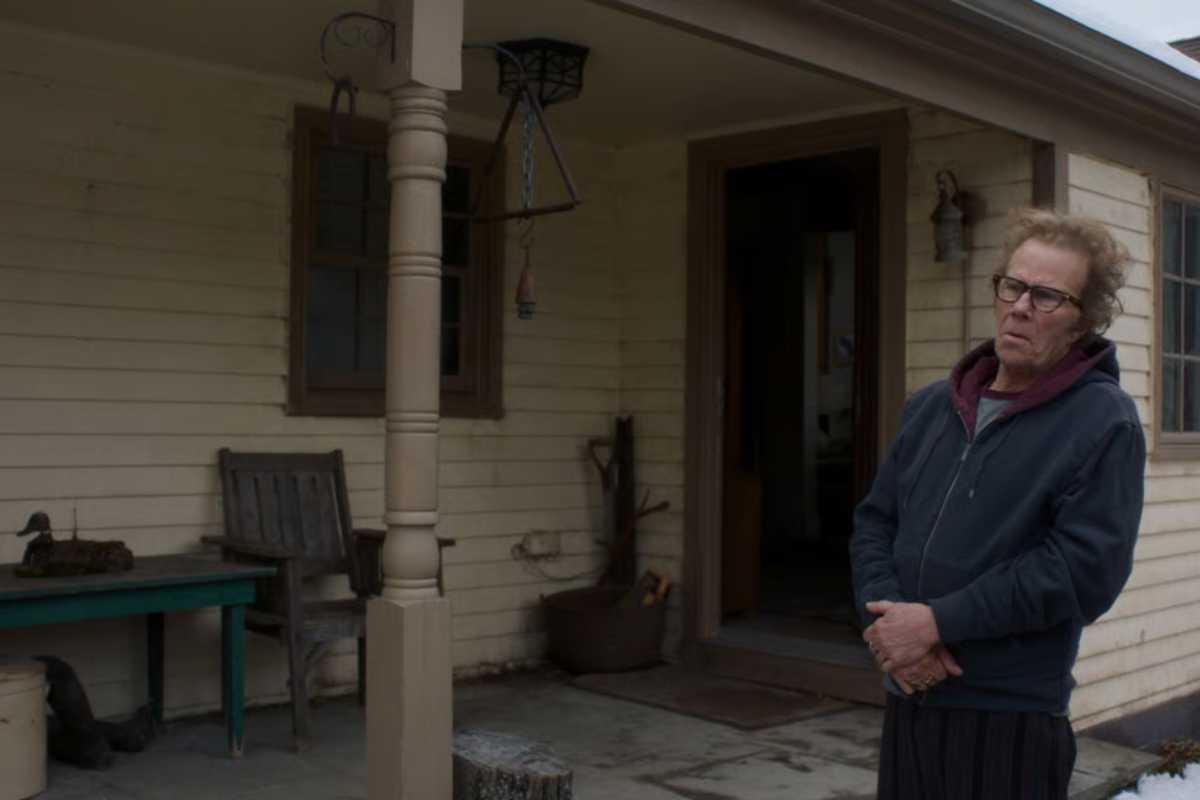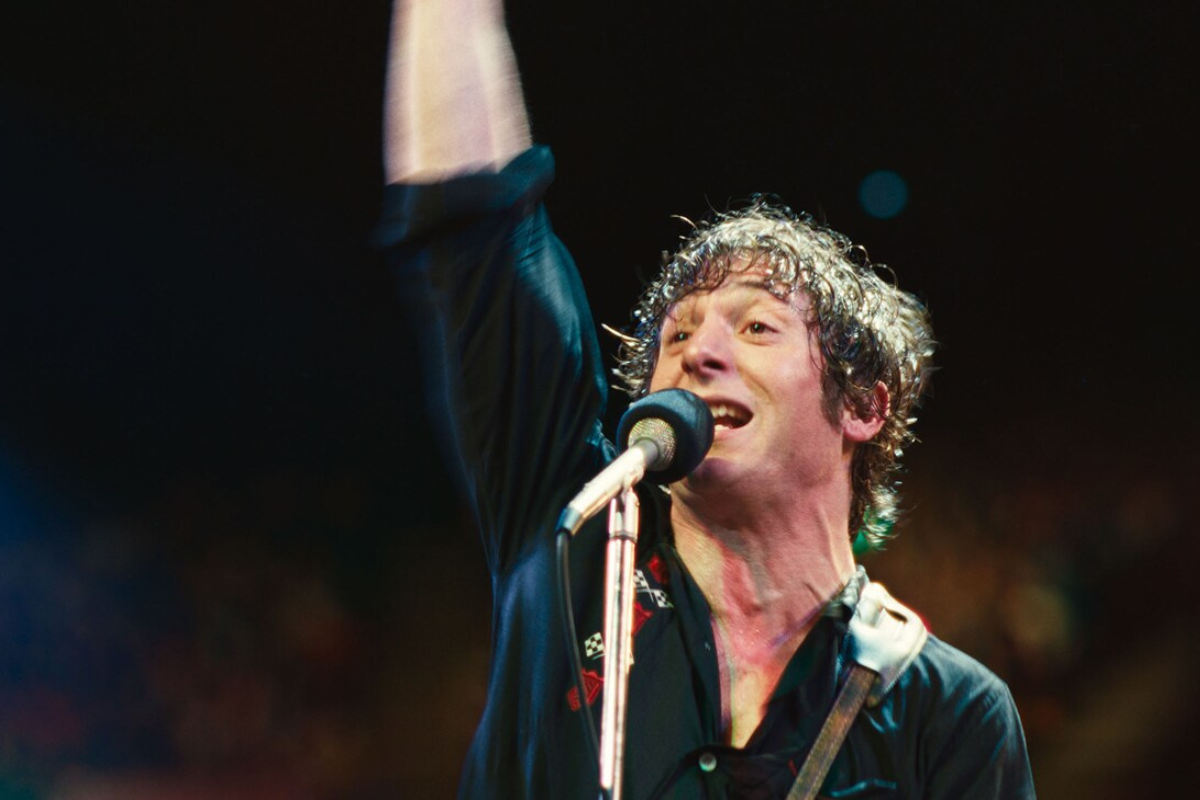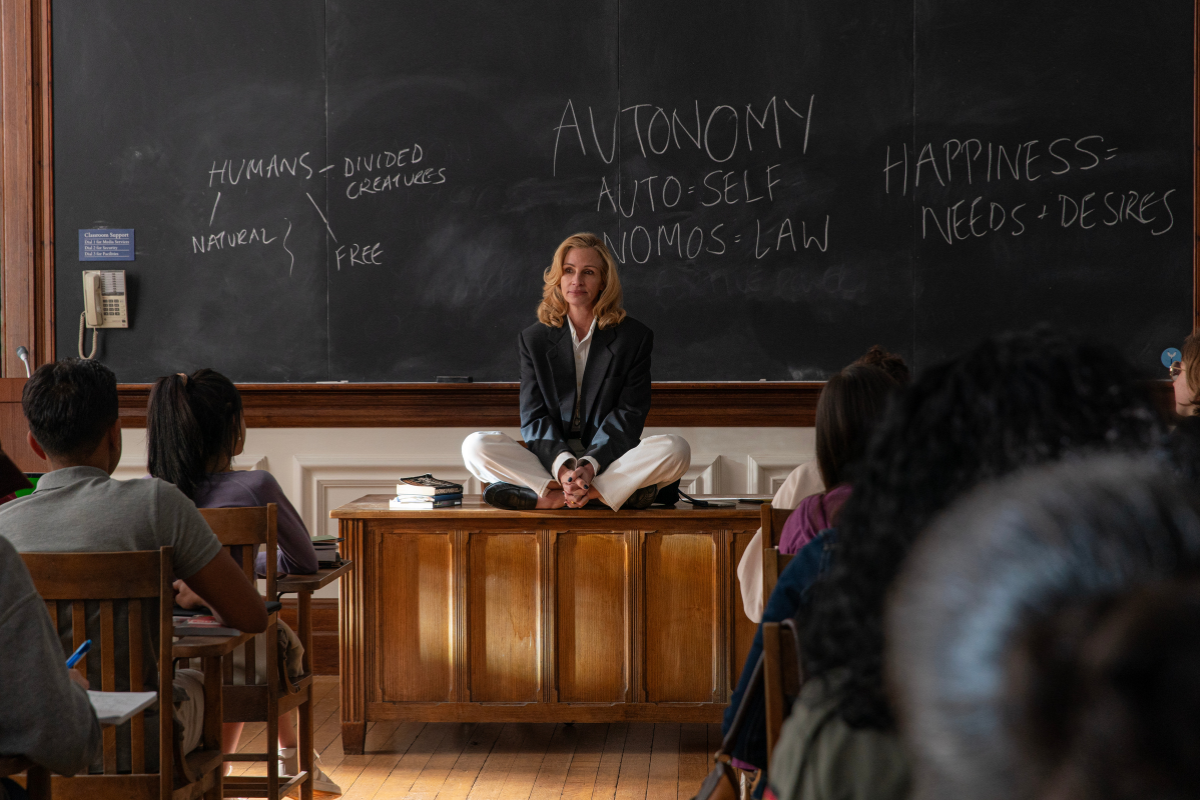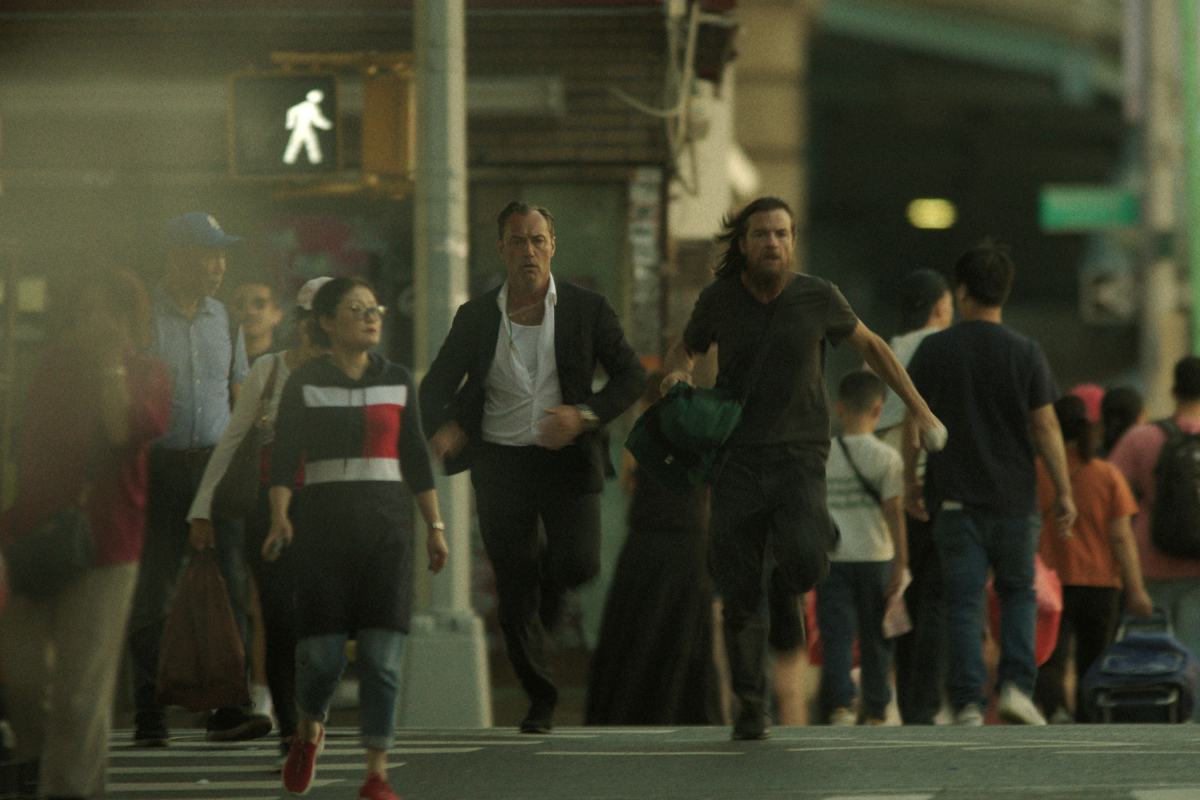Lessons From a Short Film Set
The Palmer Brothers give their day-by-day account of what went wrong, what went right, and what they learned making their short film ‘The Running Kind.’
Five months ago, Norrie and I decided to launch into pre-production on our short film, The Running Kind. In past articles, we’ve talked about everything from launching a crowdfunding campaign, to beginning pre-production, to casting and crewing up as we completed these stages on our own short. Over six days in September, we finally shot it. Here is our day-by-day account of what went wrong, what went right, and what we learned.
Day One
The first day is always a whirlwind, usually not helped by first-day jitters. After a lengthy pre-production, the crew had finally gathered on location. Most crew members were meeting for the first time, while also tackling an ambitious agenda.
While we had only one company move—fewer than our usual—we faced the challenge of shooting four different scenes that required extensive lighting and intricate dolly shots. To complicate matters, we had to plan the second half of the day around the unpredictable schedule of a passing freight train. Despite the pressures, the first half went surprisingly smoothly. The crew worked hard and meshed well, maintaining our rapid pace and setting a positive tone for the shoot. Soon we were racing off to the train tracks to catch the train as part of the crew stayed to wrap. We arrived right as a train was passing but, not wanting to hurry and be unsafe, we let it pass and unpacked in our own time.
As the day ticked on, our window of time in which we could continue shooting was shrinking. Then we got lucky. Another train started coming down the line and we were able to get what we needed just in time. Thanks to our great A.D., Luke Cahill, we even wrapped 20 minutes early!
Lesson: If you are banking on capturing something live, like a train, try and schedule it first so that you have more opportunities to pivot if you miss your window.
Day Two
The night went by in what felt like a few seconds. Norrie and I woke up, exchanged notes and went through a few materials with our first A.D. over a cup of coffee before the sun was up. The crew was up too, loading up the equipment for the day ahead. We were shooting 4 locations in one day (a park, a used car lot, a cemetery and a cucumber field), so everyone was focused on the task in front of them. None of us had ever done so many moves in one day, but we were all determined and confident in our plan that we could pull it off. Luckily, all the scenes scheduled were short vignettes that were part of a larger montage; none of them would take long to shoot as soon as we had the camera rolling. The day went by quickly and without any major hiccups.
Lesson: The thing we had banked this entire project on, the ability to shoot in incredible and vastly different locations in Stockton in a single day, had worked out for us, but it had only paid off because of the incredible prep and focus of our cast and crew. Norrie and I were also thankful to have figured out what moments we wanted to prioritize capturing so that we weren’t trying to “find it” on the day.
Day Three
The third day of production consisted of, thankfully, just one company move. This was one of the times when we were most so grateful to be shooting in Stockton, because despite the packed day, the location owner was so excited that we were shooting there that she helped us in every way she could, even serving as an extra. She opened the bar early for us and helped recruit locals to sit in as “bargoers.”
For the second half, Norrie, myself, and our cinematographer headed across town while the rest of the crew tore down at the first location. Once we arrived, we realized that the scene would not work in our space, so we worked together and completely changed the shooting plan by the time the rest of the crew arrived. Luckily, we had enough time to rehearse with our actors as it was one of the most emotional in the movie. They turned in amazing performances and we had made the day.
Lesson: The one thing that would’ve benefited both parts of the day would have been an opportunity to pre-light and pre-visualize the location. This wasn’t within the scope of this production but it’s a valuable lesson for the next.
Day Four
Day four was one location… but thirteen pages of our script. We were shooting one long scene that’s broken up and returned to throughout the short and Norrie and I knew the success or failure of the day would mean the success or failure of the movie.
We had rehearsed with the actors as much as time would allow and felt great about where we were. Norrie, myself and our Cinematographer arrived on location an hour and a half before the general crew call to mark each shot of the day. We wanted to have as many camera conversations as we could upfront so that during the day we could rely on our DP to execute and spend more time shaping the performance with our actors. When the crew arrived we had a quick blocking rehearsal. From then until the end of the day, our team moved as efficiently as I’ve ever seen a crew move.
Lesson: Having an efficient crew and doing multiple rehearsals of this scene with our actors is what got us through the day without panic or frustration.
Day Five
The fifth day was dedicated solely to shooting everything we needed in a moving car, which, for our story, was quite a bit. The day also included some stunts. We watch our lead as he drives erratically before opening the driver’s side door, placing his foot down on the road and skimming it across the pavement.
This day required the most amount of preparation out of the entire shoot. Finding a suitable location was our first challenge. We needed rural roads that we could safely close off, so our producers spent four months coordinating road closures, police escorts, and alternative traffic plans. This was just the groundwork! Collaborating with a stunt coordinator, we transformed our vision into a practical, visually appealing, and safe reality. After casting our lead, he also helped us find a skilled stunt performer.
Given the complexity of the shots, we wanted everyone involved to have a clear understanding of the plan, so we meticulously storyboarded the entire sequence. Despite our thorough preparation, we discovered that car stunts take considerable time. Fortunately, our talented crew, experienced in car rigging, helped us navigate some intricate setups. While the reset times were lengthy and the number of takes high, the effort was rewarding; nothing compares to the authenticity of real movement on camera.
Lesson: Shooting with vehicles takes a lot of time regardless of how much prep you put in.
Day Six
The sixth day began just like day four. Norrie, our DP and I arrived on set around 4 am and mapped out our shots and ran through our blocking for the day. Our first A.D. arrived with some coffee and right as we were about to walk him through a revised shot, we got a phone call. One of our crew members had felt ill and tested positive for Covid. The four of us walked out of the backyard we were set to shoot in and stopped arriving crew members from entering the location.
We all stood and practiced the recommended social distancing as a producer handed out masks and COVID tests to everyone. When 2 more crew members tested positive, production was halted and everyone was sent home to await further instructions.
In the end, we had to call it a day and do a hard wrap on the Stockton shoot. Most went home that same day and said their goodbye through their car windows. While it was an incredibly deflating way to end the shoot, Norrie and I decided it would be better not to dwell on it and, instead, have a beer and watch a movie.
Lesson: When an act of god halts production like it did on day 6 you can either mope around or look ahead. We started planning a pickup shoot in LA right away.
Conclusion
We learned a lot of extremely valuable lessons over the course of shooting this film. The biggest of these being, if you don’t make anything, you won’t learn anything. You can read books about it, you can talk to professionals and learn from others, and you can even try to make the film in your head in an attempt to see around every blind corner but the truth is, the best education is simply doing it.
The other thing we learned was that you can never tell when the unexpected will happen or when something beyond your control will take the project temporarily out of your hands. This was not, however, discouraging, as it made us grateful for the elements we had prepped for and reminded us of just how many obstacles we had overcome. No prep is wasted, even if the problem you face was something unexpected.
When we started we had no money, no crew, no production company to help guide us, and no experience directing a movie at this level, either individually or together. Now, we have all of those things and an opportunity to finish the film with the benefit of a first cut. Although the last day didn’t go as planned, by any means, we’re excited to make a potentially better version than we could have if everything had gone according to plan.
We aim to pick up the remaining scenes sometime in early 2025 and maintain our goal of releasing the short sometime in the late summer.
Thank you so much for following along with us from our first decision to make a film. Hopefully, it has given you an honest account of what it can be like to mount an overly ambitious indie project in your hometown and inspired you (with the benefit of avoiding our missteps) to do the same.


